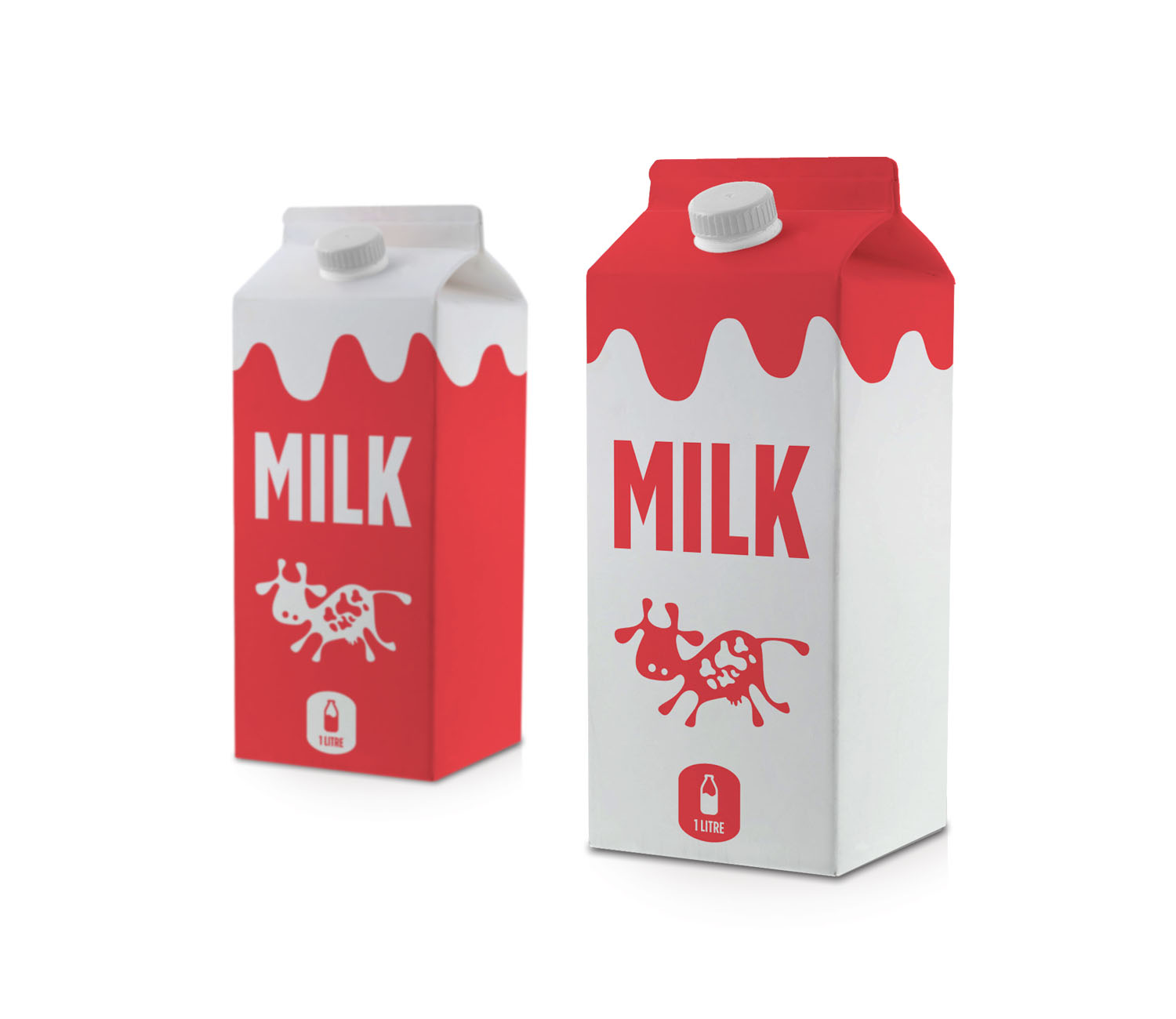
Introduction
In the ever-evolving landscape of the dairy industry, bulk milk cartons have emerged as a prominent trend. This shift is driven by a combination of environmental concerns, economic advantages, and consumer preferences. In this article, we will explore the factors contributing to the rise of bulk milk cartons, their benefits, and their impact on various stakeholders.
Environmental Considerations
Reducing Plastic Waste
One of the most significant drivers behind the popularity of bulk milk cartons is the growing awareness of environmental issues. Traditional plastic milk jugs and bottles contribute significantly to plastic waste, which is a major environmental concern. Bulk milk cartons, typically made from recyclable paperboard, offer a more sustainable alternative. By reducing the reliance on plastic, these cartons help mitigate the negative impact on our planet.
Lower Carbon Footprint
Bulk milk cartons also have a lower carbon footprint compared to their plastic counterparts. The production and transportation of plastic bottles involve significant energy consumption and greenhouse gas emissions. In contrast, paperboard cartons are lighter and more efficient to transport, leading to a reduction in overall carbon emissions. This eco-friendly approach aligns with the growing consumer demand for sustainable products.
Economic Advantages
Cost Efficiency
From a financial perspective, bulk milk cartons offer substantial cost savings. For dairy producers and retailers, bulk packaging reduces the per-unit cost of milk. This is particularly beneficial for large-scale operations and institutions such as schools, hospitals, and restaurants. By purchasing milk in bulk, these entities can achieve economies of scale, ultimately lowering their expenses.
Reduced Packaging Costs
In addition to lower production costs, bulk milk cartons also reduce packaging waste. This translates to lower disposal costs for businesses and municipalities. With less packaging material to handle and dispose of, the overall cost of waste management decreases, providing economic benefits to both producers and consumers.
Consumer Preferences
Freshness and Quality
Consumers are increasingly drawn to bulk milk cartons due to the perception of superior freshness and quality. Bulk packaging often means that the milk is stored and transported in larger, sealed containers, reducing the risk of contamination. Additionally, the use of aseptic packaging technology ensures that the milk remains fresh for an extended period, without the need for preservatives.
Convenience
Bulk milk cartons offer convenience to consumers, especially those with large families or high milk consumption. The larger volume reduces the frequency of purchases, saving time and effort. Furthermore, bulk cartons are often equipped with easy-pour spouts or dispensers, enhancing the user experience and minimizing spills.
If you want to know more about ” bon bon boxes ” visit topusapackaging
Impact on the Dairy Industry
Supply Chain Optimization
The adoption of bulk milk cartons necessitates changes in the dairy supply chain. Producers and distributors must invest in new equipment and processes to accommodate bulk packaging. However, these changes can lead to improved efficiency and streamlined operations. For instance, bulk packaging reduces the need for frequent restocking and handling, which can lower labor costs and increase productivity.
Market Differentiation
In a competitive market, dairy companies are constantly seeking ways to differentiate their products. Bulk milk cartons offer a unique selling proposition, appealing to environmentally conscious consumers and businesses looking to reduce costs. By adopting bulk packaging, dairy brands can position themselves as leaders in sustainability and innovation, attracting a loyal customer base.
Case Studies
Success Stories
Several dairy companies have successfully transitioned to bulk milk cartons, reaping numerous benefits. For example, Organic Valley, a leading organic dairy cooperative, has implemented bulk packaging across its product line. This move has not only reduced their environmental footprint but also boosted their market share. Similarly, Horizon Organic has introduced bulk milk cartons in schools, promoting healthier choices for students while reducing waste.
Challenges and Solutions
While the shift to bulk milk cartons offers many advantages, it is not without challenges. Smaller dairy producers may face initial investment costs for new packaging equipment. However, government grants and subsidies for sustainable practices can help offset these expenses. Additionally, partnerships with packaging companies can provide technical expertise and support during the transition.
Future Outlook
Technological Advancements
The future of bulk milk cartons looks promising, with ongoing technological advancements driving innovation. New materials and manufacturing processes are being developed to enhance the durability and recyclability of paperboard cartons. Smart packaging solutions, such as QR codes and sensors, are also being integrated to provide real-time information on product freshness and traceability.
Expanding Market Reach
As the demand for sustainable packaging continues to grow, bulk milk cartons are expected to expand their market reach. Emerging markets, particularly in Asia and Africa, present significant opportunities for growth. By adopting bulk packaging, dairy companies can tap into these markets, addressing the needs of a rapidly growing population and rising middle class.
Conclusion
The rise of bulk milk cartons represents a significant shift in the dairy industry, driven by environmental, economic, and consumer factors. This trend offers numerous benefits, from reducing plastic waste and lowering carbon footprints to providing cost savings and enhancing product quality. As the industry continues to evolve, bulk milk cartons are poised to play a pivotal role in shaping a more sustainable and efficient future for dairy production and consumption. Embracing this trend not only aligns with global sustainability goals but also presents a compelling business case for dairy producers and retailers alike.